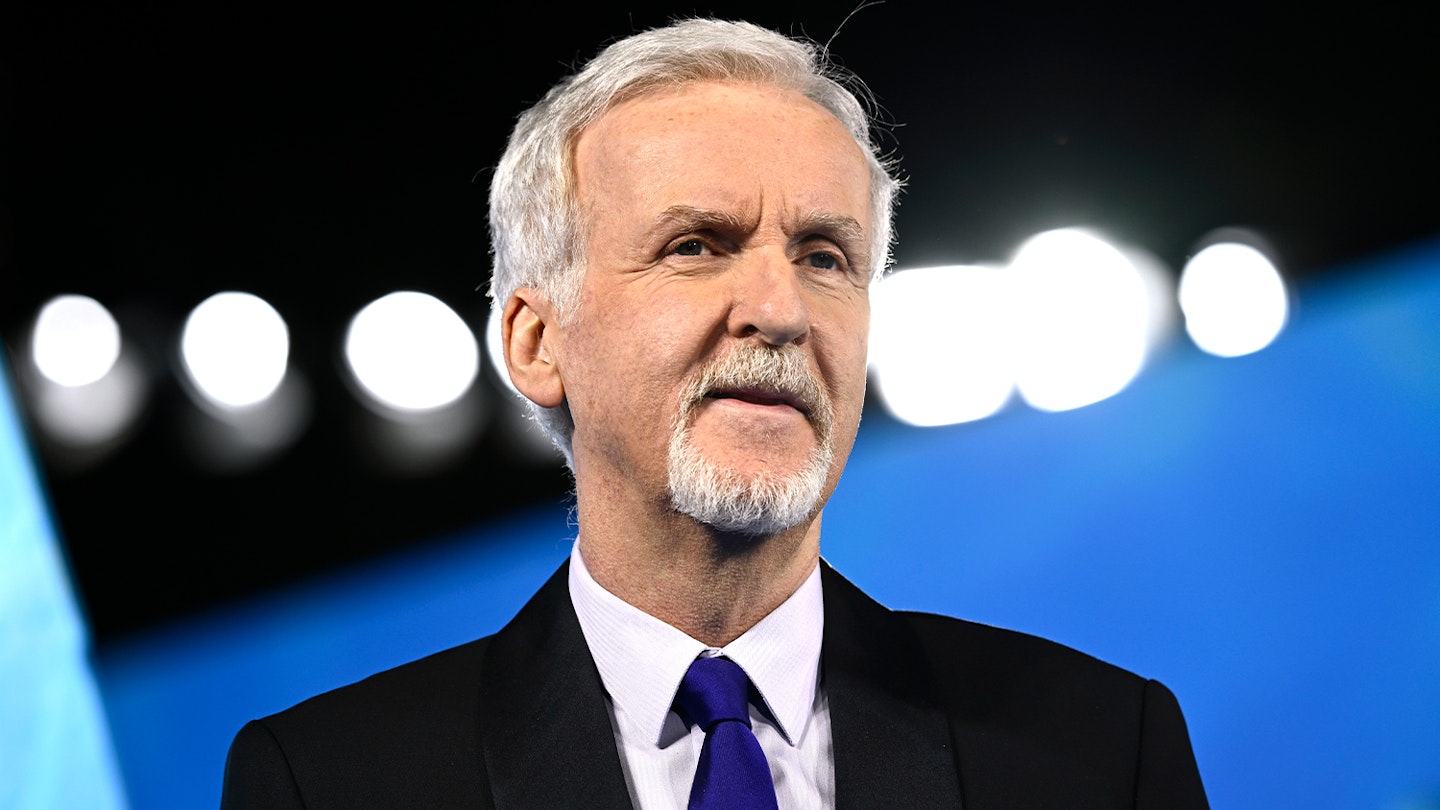Originally published in Empire’s January 2023 issue.
As James Cameron, the director of the world’s biggest film, returns from a 13-year hiatus with Avatar: The Way Of Water, we thought he deserved the ultimate interview. So we asked a host of A-listers to pose the burning questions they’ve always wanted to ask...
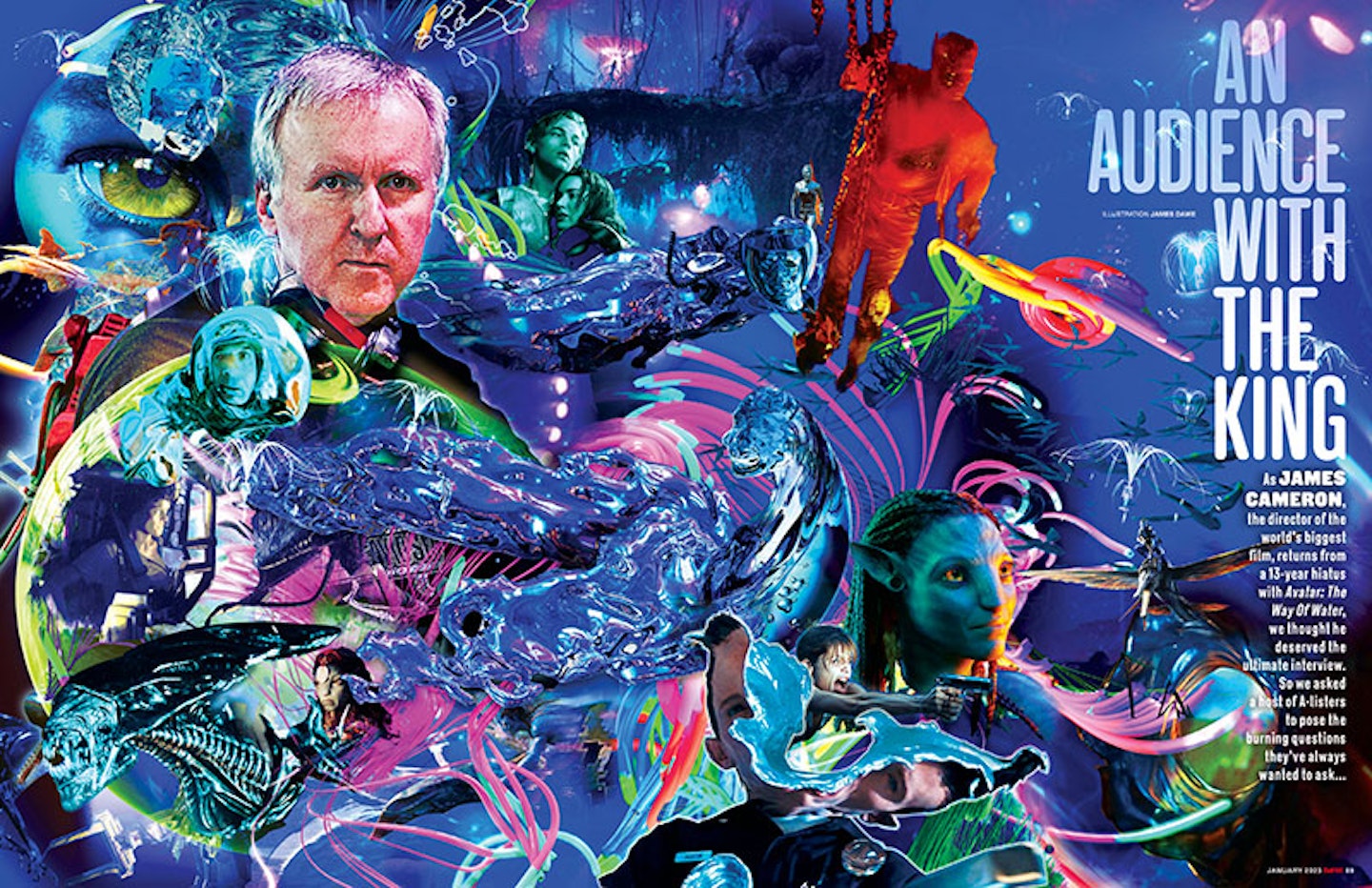
SIGOURNEY WEAVER
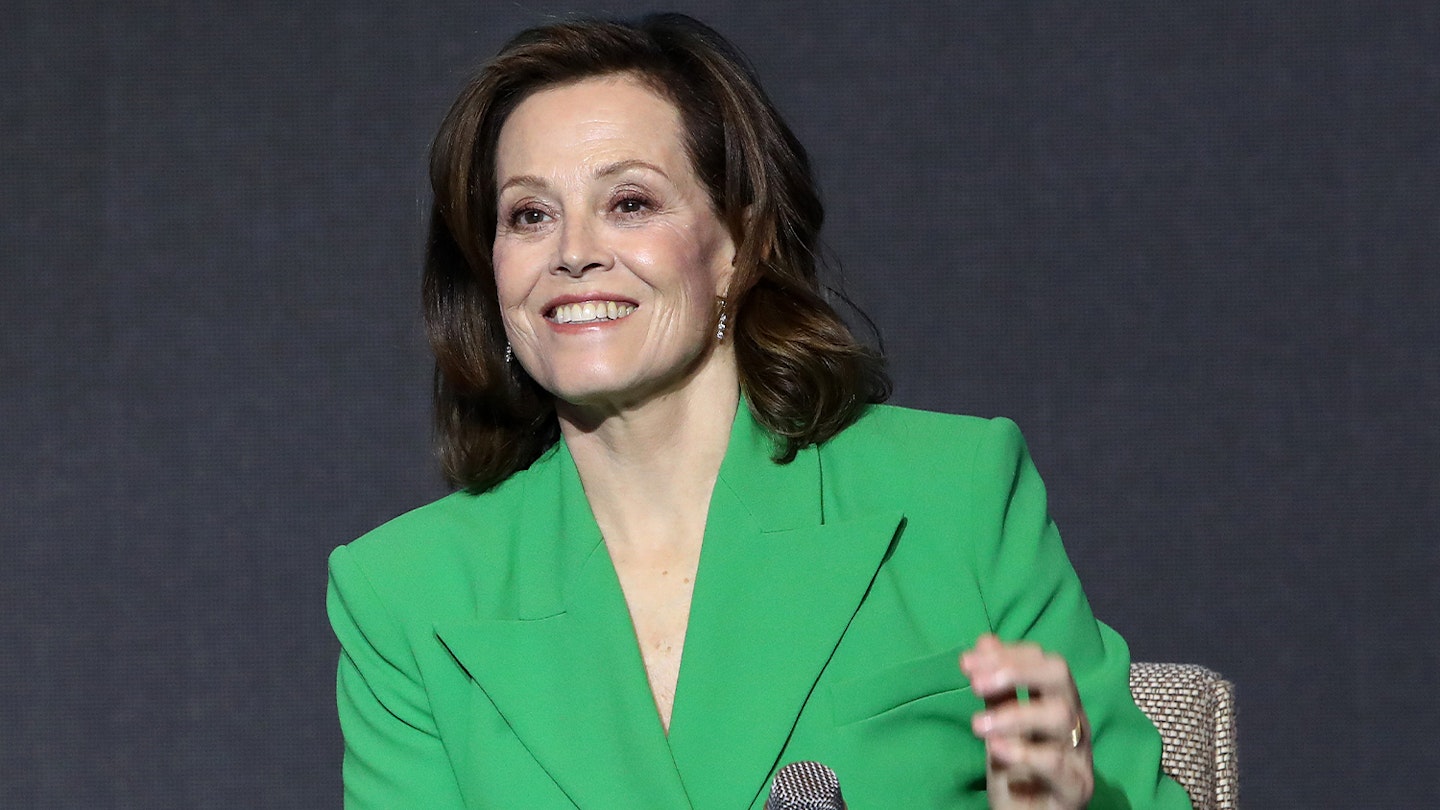
How did you first imagine the Na’vi? Why blue?
I wanted to do a story set on an alien world that was both beautiful and terrifying, but I wanted the audience to experience it through the eyes of the Indigenous people. So, I did a lot of research on Indigenous cultures all over our world, and tried to draw some common denominators, such as their innate reverence for the living world around them, and their methods for cooperation and conflict resolution, as well as their spiritual traditions. I wanted the audience to side with the Indigenous people and see the humans as the invaders from space who were ravaging their world. A flip on all the ‘aliens invade Earth’ stories we grew up with. I was betting that through the power of cinema the audience could be taken on a journey in which they became the enemy, and maybe as a result saw themselves, however briefly, as nature sees us. Alien. Invader. Destroyer.
The design of the Na’vi was the result of an intensive design process with some really talented creature and character artists. Some of the early designs came out too amphibious or lizard-like. I wanted relatability. I figured we can relate to dogs and cats emotionally, so we gave the Na’vi expressive tails and ears that had that familiarity. In the end, their most alien features were their scale and their colour.
As for the colour: green was taken. There was a long history of green aliens. Plus, the Hulk. And the human colours, pinks and browns, weren’t alien. SpongeBob was yellow. That pretty much left blue and purple. Purple is my favorite colour, but I figured we’d use that for one of our main bioluminescence colours, which we did, associating it with Eywa and anything sacred to the Na’vi. Also, my mom told me about this dream she had where there was a ten-foot-tall blue woman with six breasts. Cool image. I drew her, but the six breasts thing didn’t come out looking as good as it sounds, plus would mess with the rating. So, anyway... blue.
Now you’re blue (again) in the new movie. Blue and 15 years old. I think the blue part is a much bigger stretch for you than being 15. You’re basically 15 at heart.
GUILLERMO DEL TORO
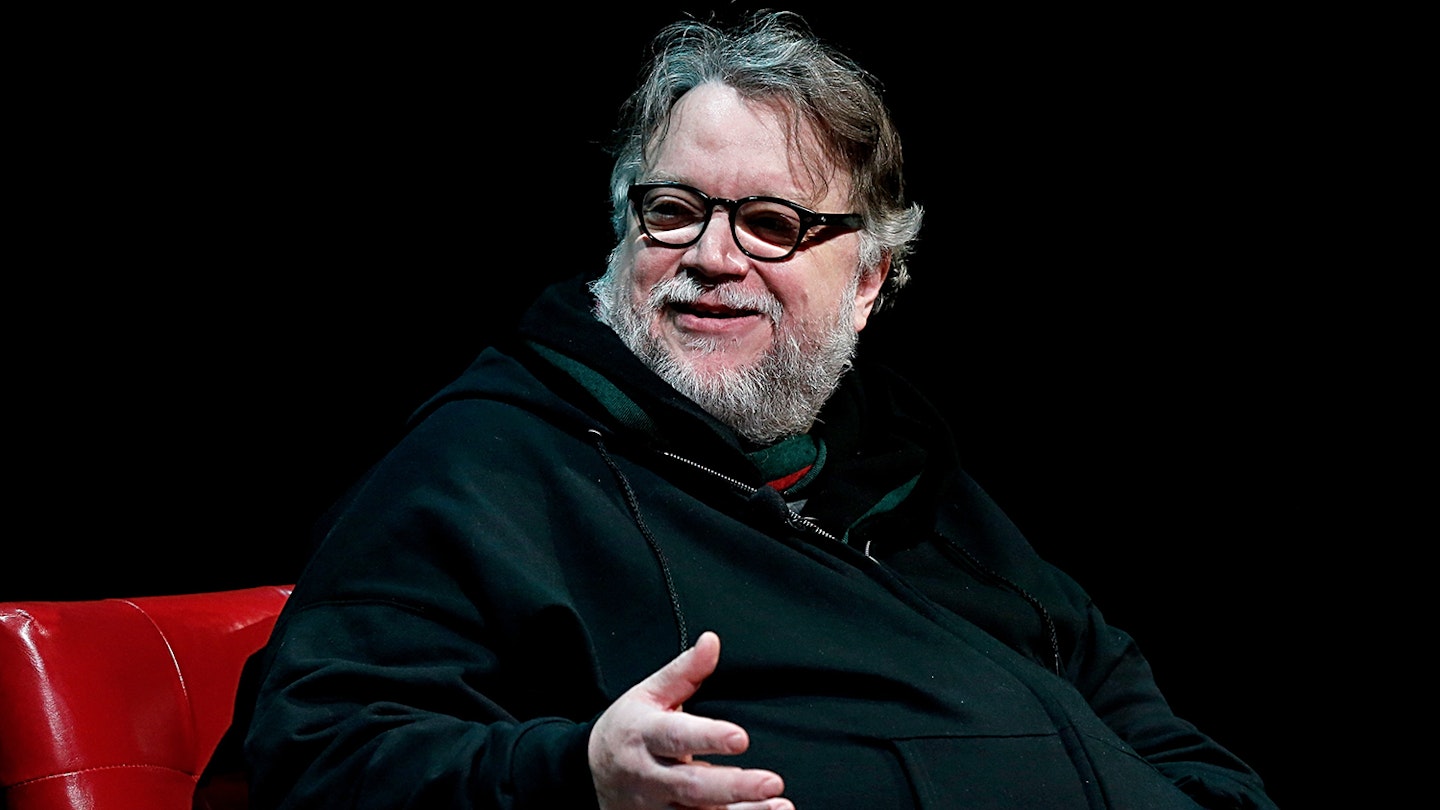
For you, expression and technology — story and form — make each other possible, but you never rely on virtuosity — you always subordinate your film language to the dramatic needs of the tale. How early did you hit onto this notion and how does it come so naturally to you?
I think every filmmaker finds their own style as they go along, which is a composite of their influences — the things observed in others’ work that inspired us to go into it in the first place — and our own experiments with technique. I’ve always been more interested in substance than form: what’s the story I’m here to tell? What do I want the audience to feel? Stylistic flourishes like shaky hand-held subjective shots or a painterly proscenium frame with classic Renaissance composition occur to me in the moment, or maybe in advance during the writing and design processes, only in terms of how they advance narrative and emotion. I do strive to give the audience a sense of physical and emotional “presence”, so subjectivity of the camera is important. You do this so beautifully with your sinuous short-lens tracking shots, that put you RIGHT THERE with the characters.
In general, I’m not interested in what I think of as “show-off” shots — endless “oners” that appeal primarily to cineastes. I don’t want to draw attention to myself as an auteur, I just want to tell the story as effectively as possible. I can appreciate it when others do it, but I don’t spend energy on it myself, mostly because I don’t think the audience cares. They don’t think in cuts the way we do as practitioners of the craft. All that said, there’s nothing more satisfying than when you design a shot that’s a bit outside your comfort zone, and it’s exactly the right shot for the moment. Like when I used a 10mm fisheye, which I had never used, for Arnold’s POV in True Lies, to create his drugged state, and it worked perfectly. Any director who came up through music videos would have laughed at my childlike glee discovering the fisheye.
EDGAR WRIGHT
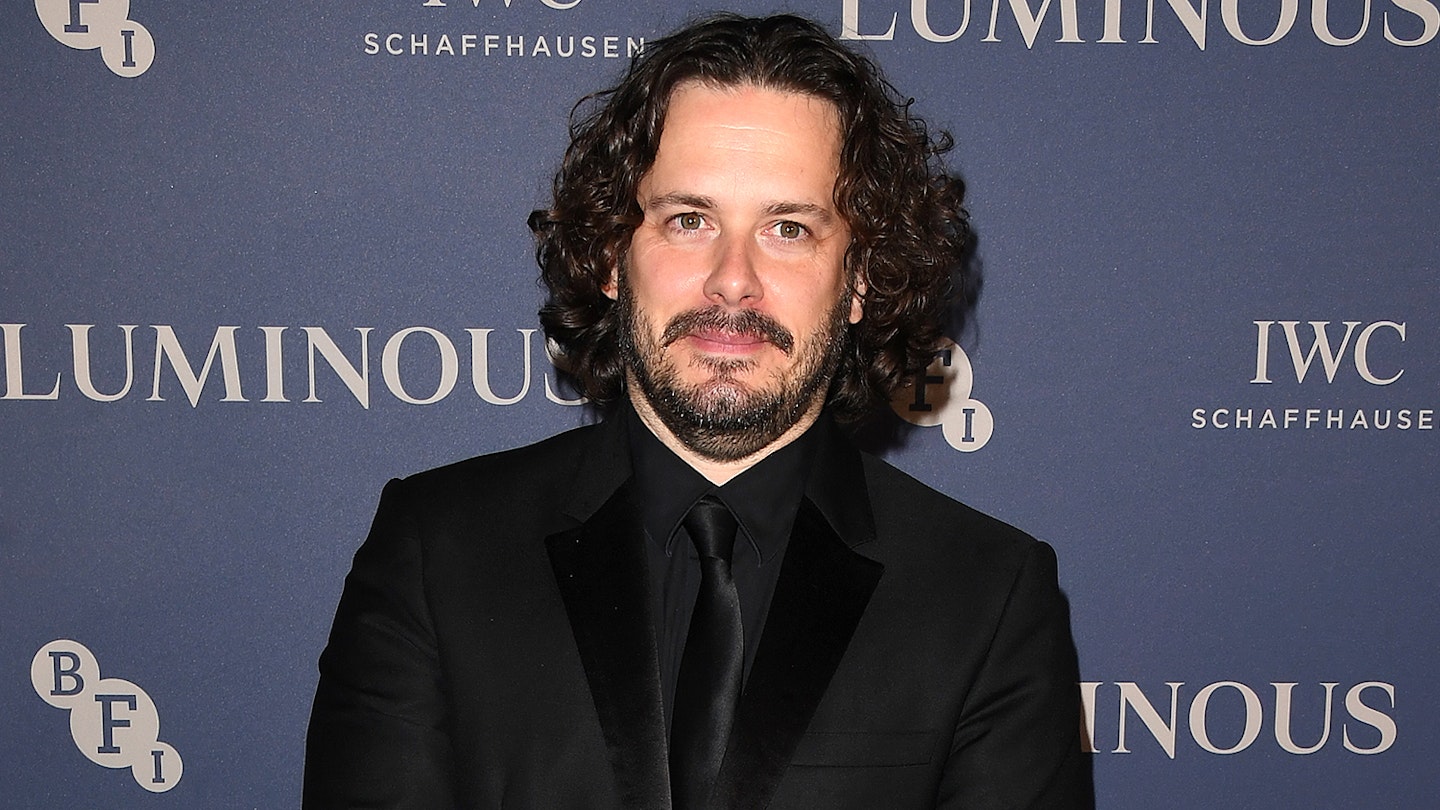
James, you have been so supportive of me in recent years, I would like you NEVER to watch the Titanic spoof that I did with French and Saunders. Now that I’ve got that off my chest... I am fascinated with your start in the industry, working for Roger Corman on second-unit, miniature work for Battle Beyond The Stars, and special effects on Escape From New York. What grounding did work in these departments give you going into your first feature films?
Hi, Edgar. Don’t sweat the Titanic spoof. May we all be blessed with making films that get spoofs. My early experience working with Corman taught me a lot of things, from the rock-bottom basics of production and shooting to a sense of confidence that came from working, however briefly, in just about every department. I could load an Arri 2C, run a Moviola upright, and know what type of paint to use on the set at 3am when the camera crew was coming in at 0600. When I got my own film going, The Terminator, I knew enough about everyone’s jobs, from grip to set designer to editor to visual effects, that I could direct them efficiently, without wasted energy. Which was critical on a visually ambitious film with such a low budget.
Did you have any trepidation taking on the sequel to Alien? And is the story of your pitch meeting for Aliens true, where you wrote “Alien” on a whiteboard, added an “s” and then turned the “s” into a dollar sign?
I had lunch with a bigshot producer when I was about to start Aliens who said, “This is a no-win for you. If your movie’s good, Ridley will get the credit. If it’s bad, it’s all you. It’s a career ender.” I said, “Yeah, buuuuuut... I like it.” I was maybe a dumbass fanboy, but I could see it so clearly in my head that I just had to go make it. And yes, it’s true. I was in a meeting with the studio head and the executive producers, and I turned my script over and on the blank side of the last page I wrote ALIEN. Then I drew an S on the end. Then I drew two vertical lines through the S and held it up to show them. Maybe it was just Pavlovian conditioning when they saw the $ sign connected closely to the word ‘Alien’. Or maybe it was the confidence I projected. But they said yes.
Finally, can you crack the secret to immortality, so we are gifted with a new James Cameron genre classic every decade for the rest of time?
Working on it. But it’s so hard to get quality time in the lab when I’m finishing a big movie.
ZOE SALDAÑA
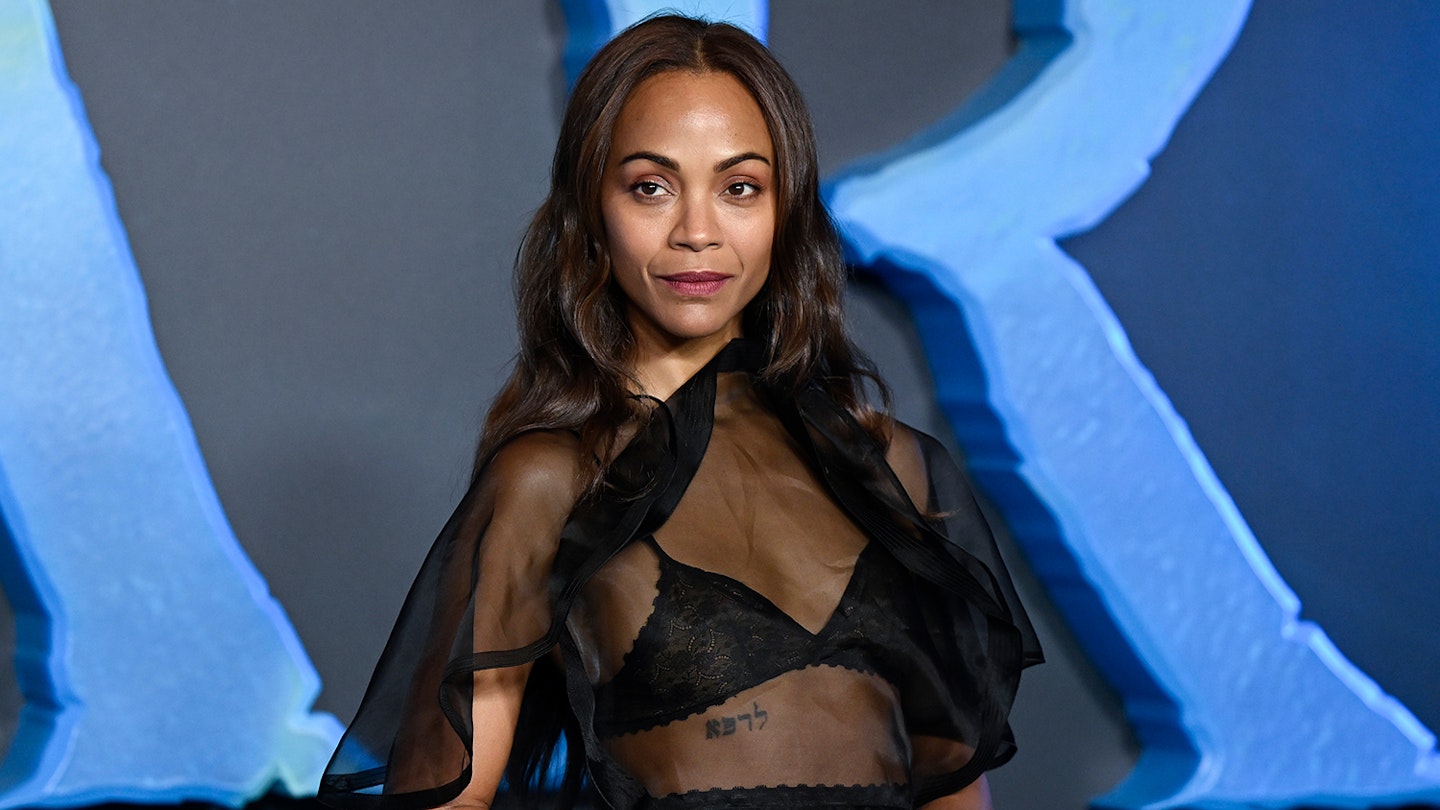
Why water?
Just warning you now, Zoe, you’re going to rock the world when they see you as Neytiri when Avatar: The Way Of Water drops. As for water… the human body is 60 per cent water. What’s not to love? The truth is, I was drawn to the ocean as a kid who loved science-fiction and other worlds, who suddenly realised that an astonishing alien world exists right here on Earth and that I could actually go and explore it if I just strapped on a scuba tank. It was that promise of adventure and curiosity that drove me inevitably to the ocean, even though I lived in rural Canada 400 miles from the nearest one. Then in my early years as a diver I fell in love with the ocean, its denizens, and the general lure of boats and being at sea. Which I then brought into my filmmaking with The Abyss and Titanic, as well as a slew of deep-ocean documentaries. And now our little film.
RIAN JOHNSON
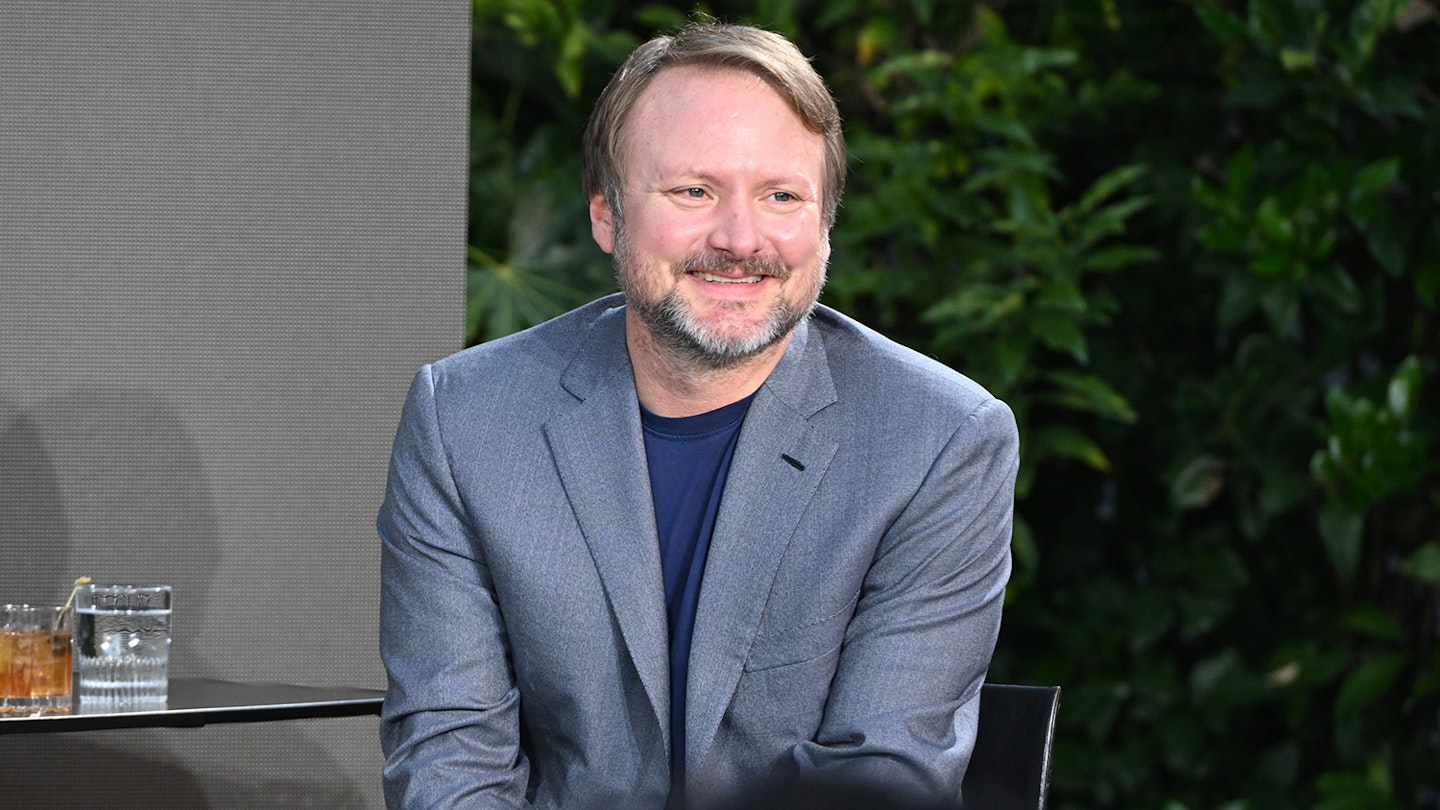
I’d love to hear about your writing process. Are you a structure person? It seems maybe you are. And how much of the process is outlining versus finding it on the page?
Hi, Rian. Big admirer of your work. I answer the writing process question below...
CHAD STAHELSKI
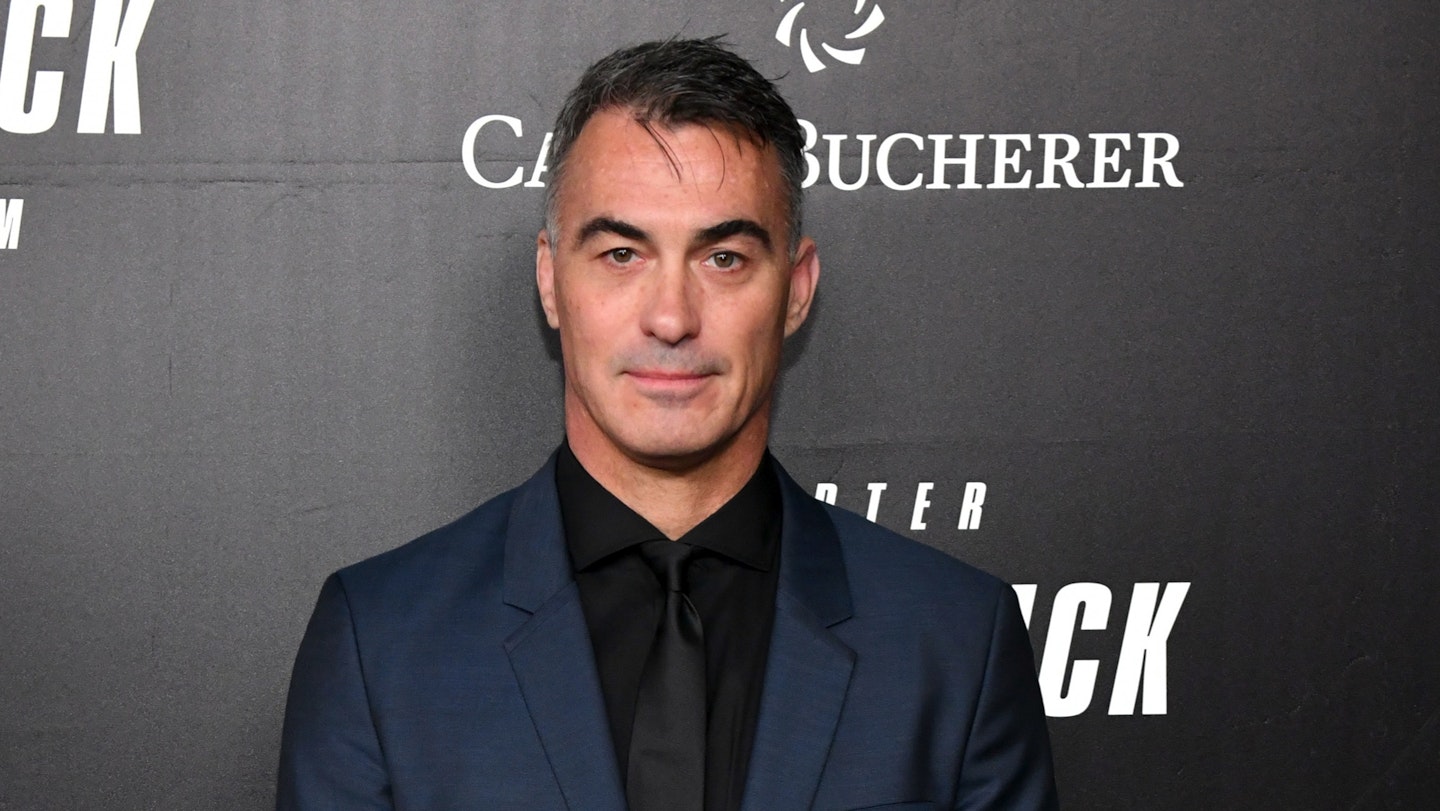
You understand people at a very base level, and you understand audiences. Every character gets enough screen time, every scene is just right, every arc is just at the right time. How do you not miss? I’m jealous!
Hi, Chad. Our mutual friend Taran Butler taught me how to shoot straight, just like he did Keanu for your films. As for hitting the mark as a screenwriter, it’s a learned art. Reading scripts and seeing how others did it will get you partway, but ultimately it boils down to your own aesthetic filter, what interests you, and how you’d tell a story if you were sitting around a campfire with some friends and a beer. That part may be instinct. The instinct to set the scene, introduce the characters in a way that gets the audience interested in their problems, then throwing in unexpected swerves etc.
I think the same part of our brain that writes our dreams for us every night can be trained to the discipline of writing dreams for the world. Logic is not necessarily our friend — things don’t have to be plausible (cyborgs from the future don’t really hunt Bob’s Big Boy waitresses), they just need to seem plausible in the dream logic of the cinematic moment.
As a process I work from two ends toward the middle — I believe in starting with a great opening and knowing my ending, then figuring out the pesky bit in-between. I also start from opposite poles — character and visual. I start writing forward from character, making notes about my people, what they want, what their problem is and what lengths they’ll go to in solving it. Writing from the heart outward, if you will. But also, I work backward from a list I call “Stuff I Just Want To See.” Action set-pieces. Big visual-design moments. Then I torture the shit out of the plot until those people get stuck in the middle of the things I want to see. Simple.
GINA PRINCE-BYTHEWOOD
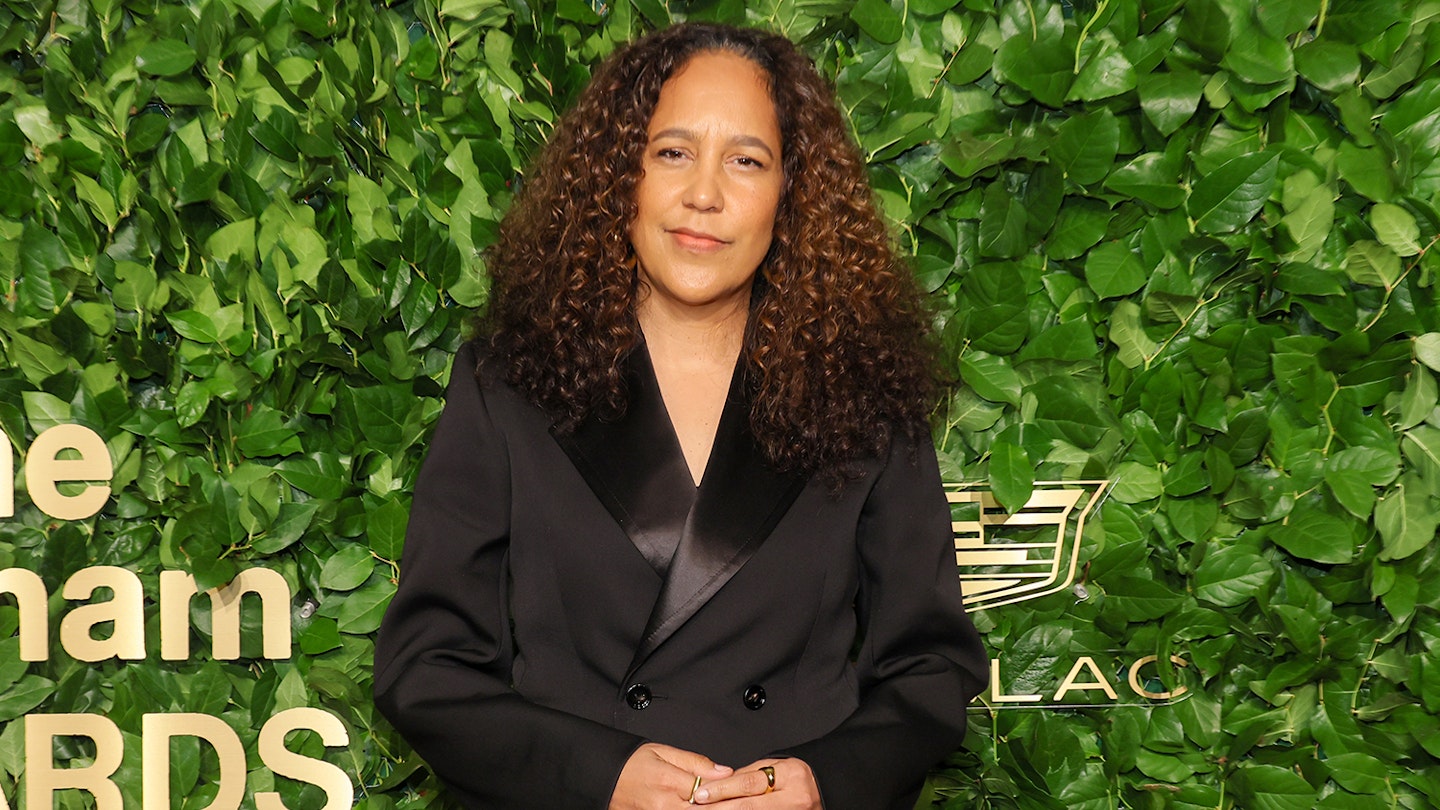
Some of your biggest films have a love story at their core. One of my favourites is The Abyss. While they have all the genre elements working in tandem (which makes them so good), I'm curious if you consider these films love stories first, and if that is where your curiosity for these stories begins?
Hi, Gina, and congratulations on the success of The Woman King — my kind of film. Women kicking ass. I’ve always said “all of my movies are love stories” but I wouldn’t say my creative process necessarily starts there, except for the obvious one: Titanic. I pitched it as “Romeo And Juliet on a sinking ship”, so it was a love story from the jump. With others, like The Terminator and The Abyss, they started off as genre stories — “a time-travelling hit man targeted on an insignificant person whose existence has great significance in the future”, or in the case of The Abyss, a high-concept one-liner: “Close Encounters underwater.”
But then as I try to figure out how to create real emotional stakes for the characters, my stories somehow always become love stories. I guess I’ve always believed that to be truly heroic, a character must put someone else before themself and be willing to make the ultimate sacrifice if necessary. So, the love story is my path to creating powerful and heroic characters. It may be new love (The Terminator, Titanic, Avatar), it may be a marriage being tested (The Abyss, True Lies), it may be the love of a parent for a child (Terminator 2, Aliens, and Avatar: The Way Of Water). I guess I’m just a romantic at heart.
PATRICK MCKAY
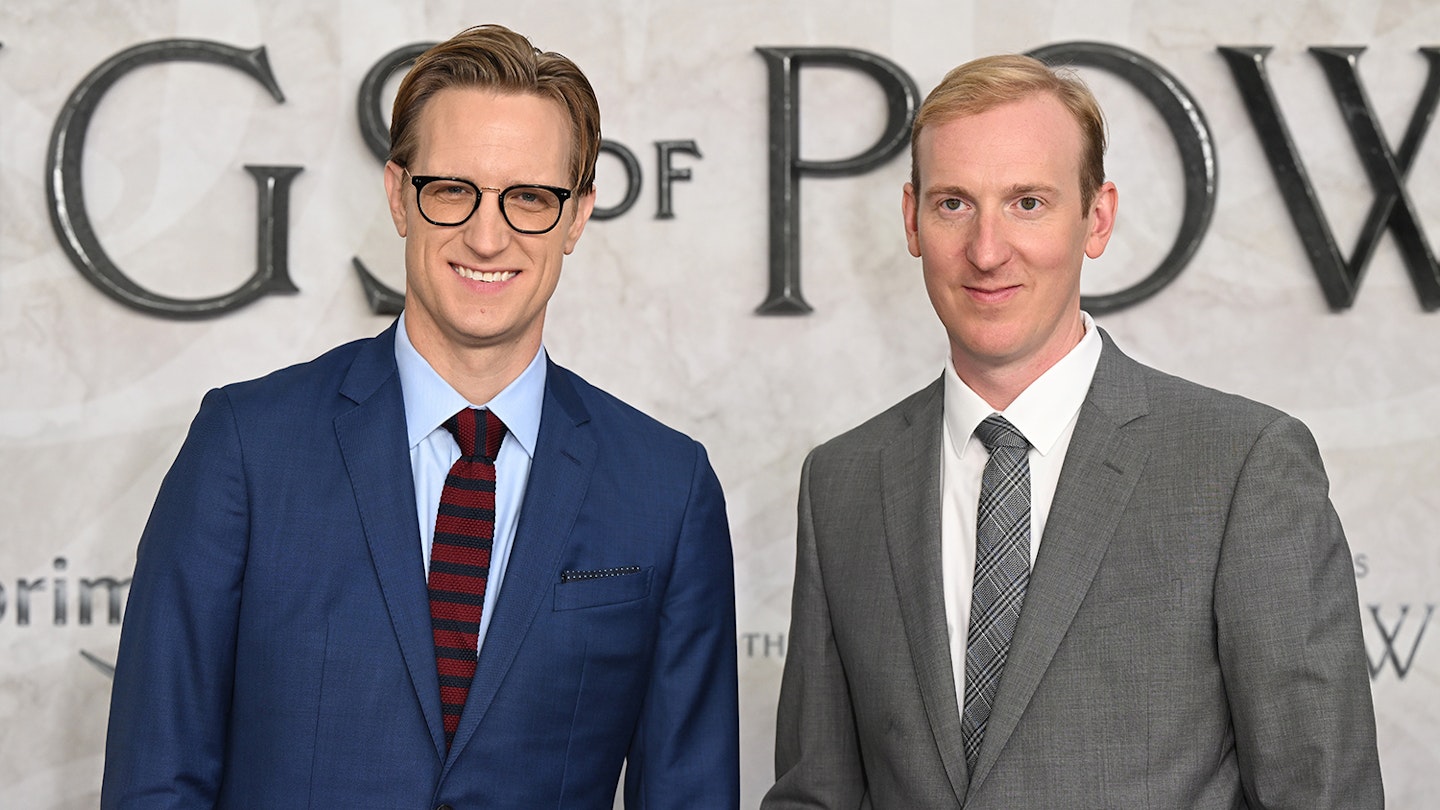
(Lord Of The Rings: The Rings Of Power co-showrunner)
First of all, we’re mega, mega, mega fans. How did it come about that the marketing campaign for Terminator 2 gave away the twist? The story is such that you think Arnold’s the villain, until Arnold and the T-1000 are face-to-face in a hallway and Arnold says, “Get down!” And then you realise he’s the good guy. That’s a huge twist that was given away in the marketing. Did you lose that battle?
Thanks for the mad props, and right back at you — you crushed it with Season 1.
All of us have had our battles with the Suits, but the case you mention was not a battle. The Carolco guys, Mario Kassar and Andy Vajna, were good partners with me on T2, and I led the charge on marketing, including showing Arnold as the good guy. It wasn’t a Sixth Sense kind of twist that’s revealed only at the end of the film. He’s revealed as the Protector at the end of Act One. And I always feel you lead with your strongest story element in selling a movie. I believed our potential audience would be more attracted to seeing how the most badass killing machine could become a hero than they would be to just another kill-fest in the same vein as the first film. Sequels have to strike a delicate balance between honouring the most loved elements from the first film, but also promising to really shake things up and turn them upside down. Our marketing campaign for T2 was exactly that promise, and it worked.
J. D. PAYNE
(Lord Of The Rings: The Rings Of Power co-showrunner)
One of the things we really admire about you is that on the page you’re as brilliant a writer as you are a director. You’ve been such an inspiration to us. Who as a writer is an inspiration to you?
Hi, J.D., and thanks for the kind words. My earliest influences as a fledgling screenwriter were Walter Hill and Michael Mann. I marvelled at the economy of words in Walter’s script for The Driver... one-word sentences stacked vertically on the page... almost haiku. And Michael’s script for Thief was equally spare and relentlessly paced. I will say now that I shamelessly cribbed from their style while writing The Terminator and Aliens. As I built confidence, I later evolved my own style, which I guess is still evolving. I started out as a lone wolf, writing The Terminator at a booth at Du-Par’s restaurant on Ventura Blvd at 3am, but I’ve come in the last couple decades to respect collaboration. I really enjoy the process of the writers’ room, which I learned on Dark Angel under Chic Eglee’s tutelage and applied on the creation of the four Avatar sequel scripts.
S. S. RAJAMOULI
(director of RRR)
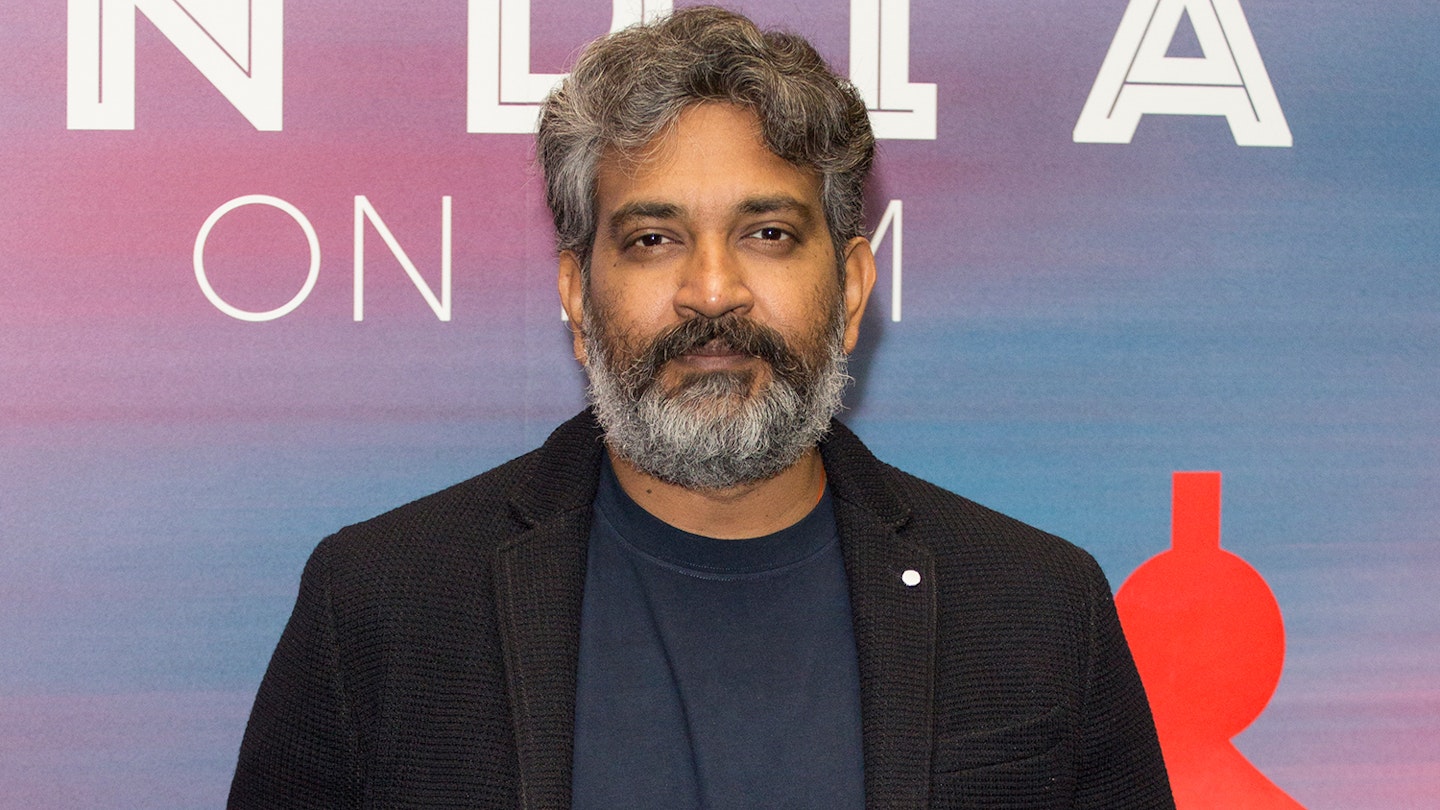
You have spent about 25 years in the world of Avatar... I am sure you will have many more stories/ideas that you want to tell. Do you ever feel bad, that you are not able to tell them?
Hi, S.S. Two thoughts in answer to your question: the first is that the world of Avatar is so sprawling that I can tell most of the stories I want to tell within it and try many of the stylistic techniques that I hope to explore. And secondly, yes… our time as artists is finite. I will always mourn some of the stories that I don’t get to make. But I feel a great satisfaction when other directors want to explore some of my ideas, like Kathryn Bigelow did with Strange Days, and Robert Rodriguez did when I passed him the baton on Alita: Battle Angel. I look forward to more collaborations in the future with directors I admire.
MORFYDD CLARK
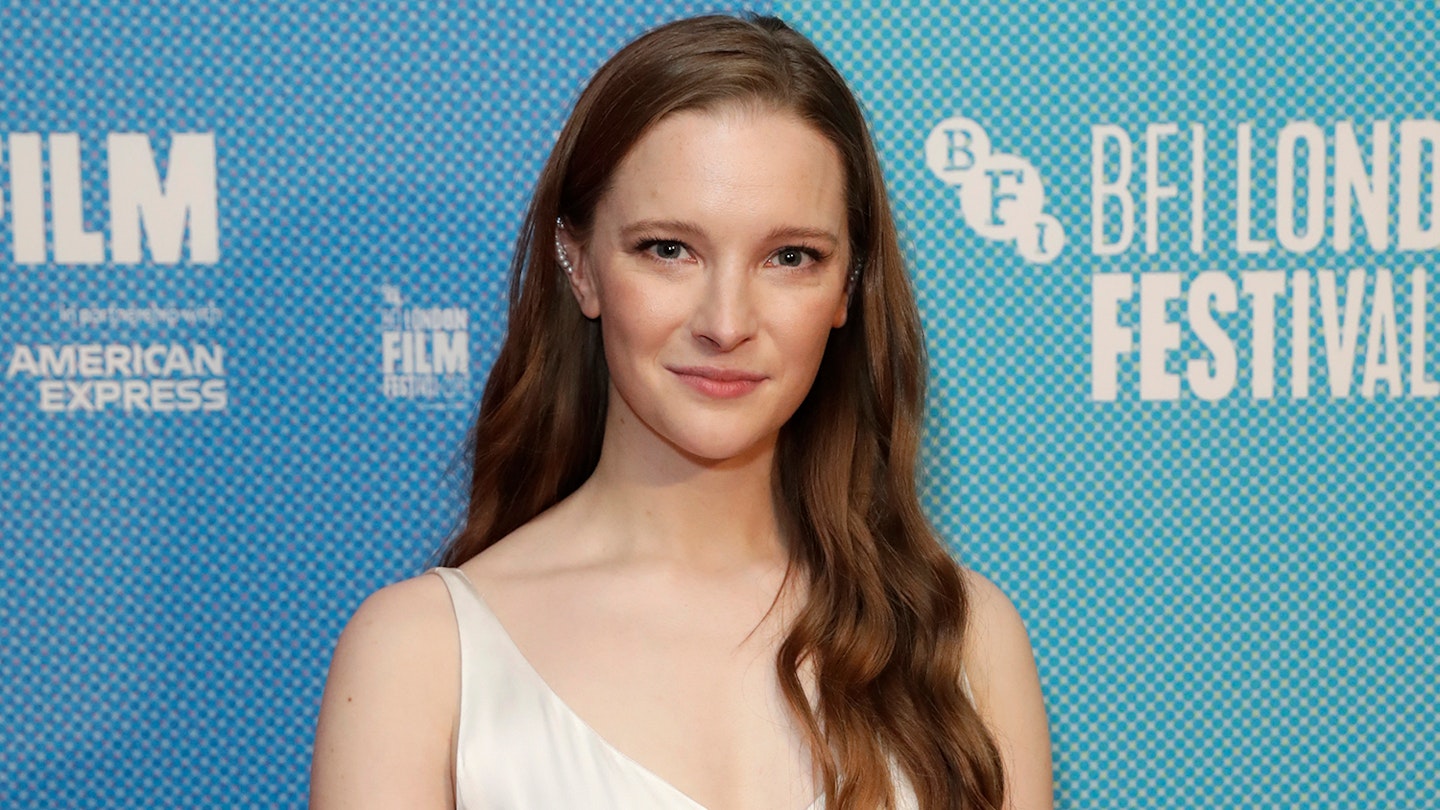
Do you value chemistry reads?
Hi, Morfydd. I’m mesmerised by your Galadriel. Tough as nails. To answer your question: directors make a thousand decisions a day, but the most important decision a director makes is whether to cast an actor or not. So, I take the auditioning process very seriously. I’m told by actors that I spend way more time with them in a first reading than normal auditions. I want to get to know them – how they think, and how they react to ideas I might throw at them on the fly. I say, “Let’s go to work,” and treat it, for a half-hour or an hour, like they’ve already for the part, and we’re just solving a scene together. So, I guess the answer to your question is “yes”, but the most important chemistry is between director and actor.
The chemistry between the actors is also critical, especially in a love story, and I’ve had good luck with chemistry reads in the past. On Titanic I cast Kate first, and she generously read with a number of young Jack candidates. I saw how excited she got after reading with Leo. I’d seen him miraculously become Jack before my eyes for a few minutes, like a unicorn stepping into a sunlit clearing – a brief but unforgettable glimpse – but it was good to have that glimpse validated by Kate, who was opposite him in the scenes. It was similar on Avatar. Zoe was cast first, and she read with Sam, who was already being strongly considered, before I made the final decision. When I saw them together, the movie suddenly seemed to come to life. After that moment, I knew that all the visual-effects challenges in the world couldn’t stop us from telling a powerful love story.
HARRISON FORD

I’m a fan and I love your films and I’m waiting for your call. C’mon man – where’s that call?
PIERCE BROSNAN
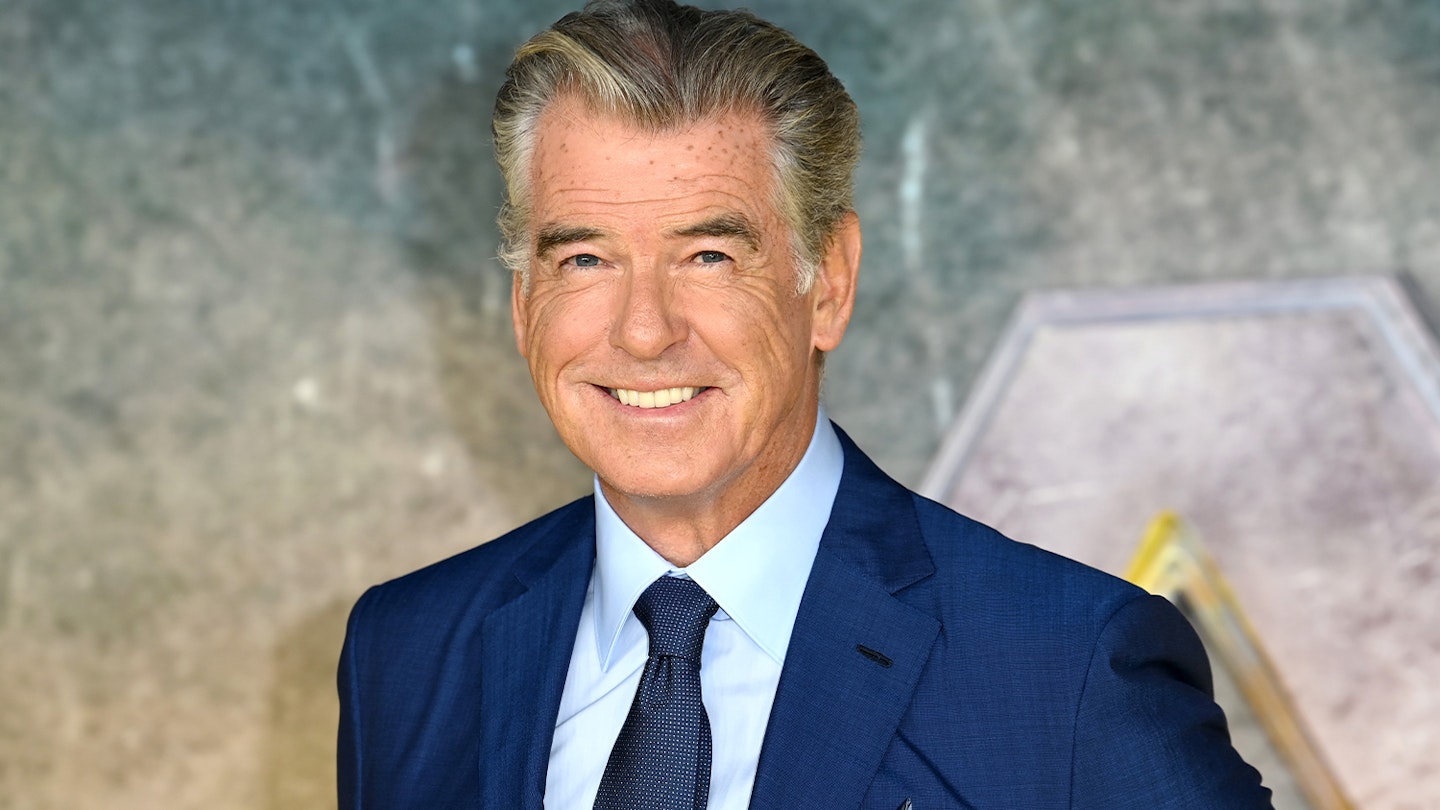
Why haven’t you ever put me in one of your movies?
Answering both Harrison and Pierce: I’d love to work with both you guys, and many other actors I deeply admire. My great regret as a filmmaker is that I take so long to make my films that I only ever get to work with a tiny fraction of the artists that I respect. I have a long list of the people I would love to collaborate with, but I know my career will end before I’ve even made a dent in it.
ROBERT RODRIGUEZ
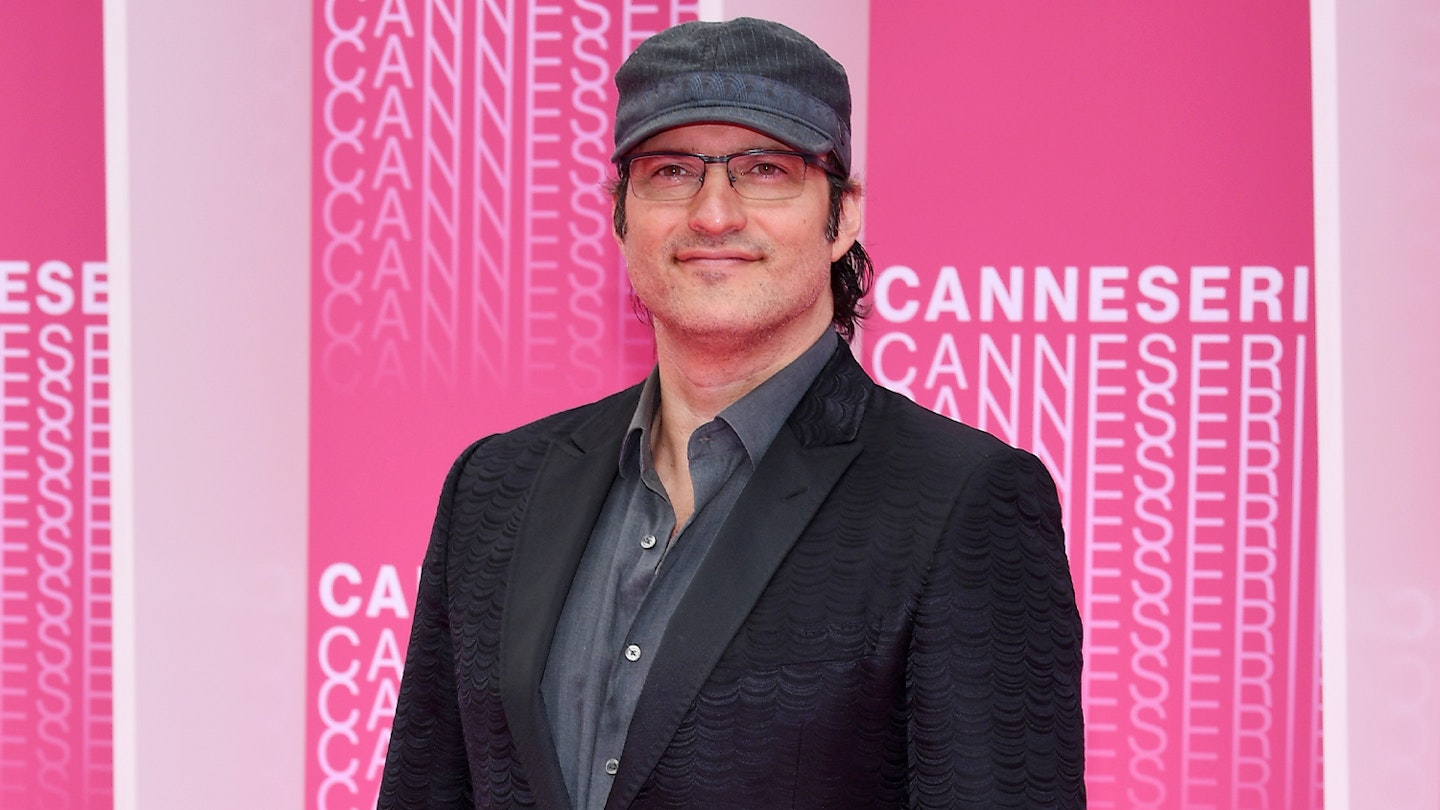
Mind-bending concept, unstoppable relentless villain, huge stakes and consequences, heart-shattering love story. You juggle all these elements and seamlessly blend them, doing away with the idea that you must make a small film for it to be personal. What, then, would you say are the thematic elements you tend to gravitate towards most as a filmmaker?
Hey, Robert! Regarding themes and elements – I’m old-fashioned. I like stories about flawed, average people overcoming tremendous obstacles, or just simply surviving, based on their quick thinking and reserves of courage they didn’t know they had. I like underdog stories about everyday heroes… Sarah Connor the waitress, Bud Brigman the oil-rig foreman, Jake Sully the jarhead ground-pounder… who are tested and prevail in wild circumstances. I like themes of love, trust, duty and self-sacrifice. And when we did Alita: Battle Angel together, you saw how I love the theme of our human relationship with technology, and how we express our human nature through out machines, for better and worse.
MADS MIKKELSEN

I worked with Sam Worthington on a film called Clash Of The Titans, and I thoroughly enjoyed that experience. So, my question is: when will you be done with Sam, so we can have him back?
It seems we both share a deep respect for Sam, who is a gifted actor. I thoroughly enjoy working with him and we seem to bring out the best in each other. We approach each day as a quest for truth, and as you must know from working with him, he pursues the truth of his character relentlessly and fearlessly. His superpower is the ability to project strength and vulnerability in equal measure. I can see why you want to work with him again. But to be fair, we’re not keeping him from the world… Sam and I finished our performance-capture work together over two years ago. Sam’s just very picky about the parts he plays, and is busy building a family, which he values above all else.
COLIN TREVORROW
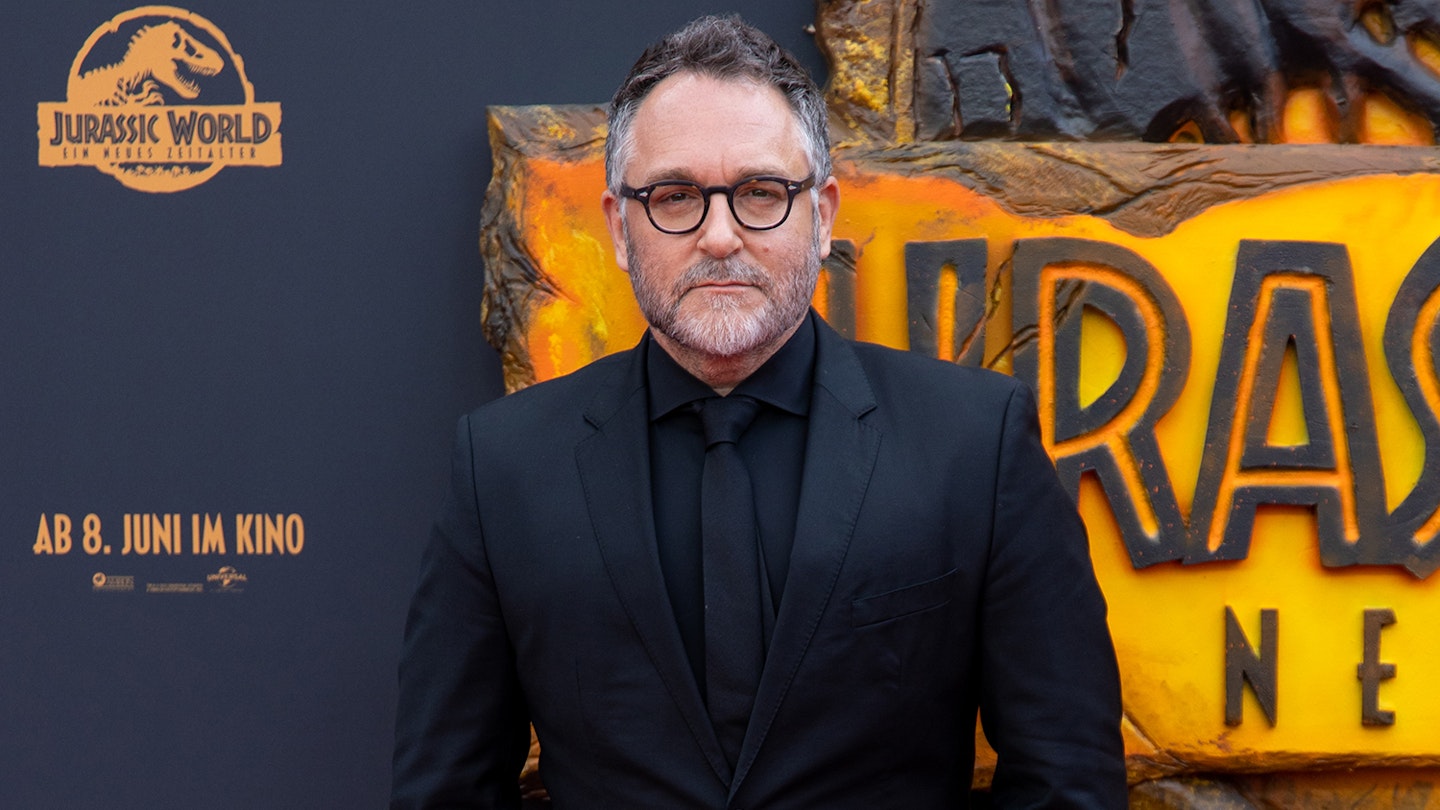
In The Abyss, mankind makes first contact with an alien entity whose bioluminescent biological make-up evokes life on Pandora. Does The Abyss share a universe with Avatar?
Just the universe of my brain. And obviously I love bioluminescence. From early childhood on I’ve had a deep awe and fascination with all the wonders of nature, both above and below water. That’s certainly what drove the creation of Avatar. The Abyss had a different motivation. It was my version of The Day The Earth Stood Still, a function of my Cold War angst, and a comment on how an alien super-intelligence might judge rather harshly the way we mistreat each other and our beautiful world. In Avatar, WE are the invaders from space, and the common theme with The Abyss is that we are judged harshly by a more evolved alien culture, in that case the Na’vi, who live in a harmony with nature in a way that we have forgotten.
MATT AND ROSS DUFFER
(Stranger Things creators/showrunners)
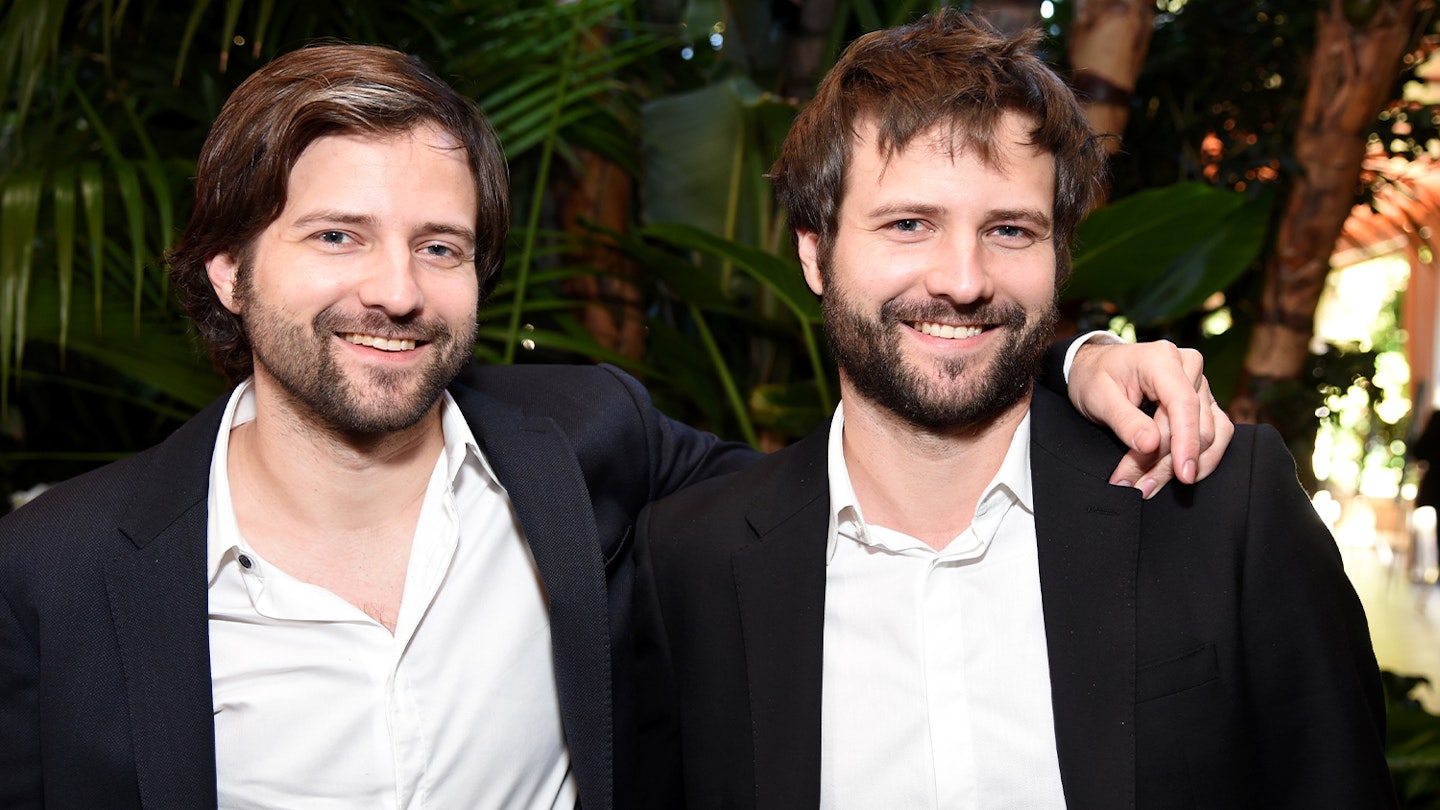
Your run of (forgive us) titanically successful films is arguable unparalleled in the history of cinema. Is there some kind of secret formula you’ve devised here? Or do you just make what you love, and it just happens to resonate with… the entire planet?
Love Stranger Things, and thanks for making me feel old by doing a retro series based on the time period of my breakthrough years.
Before I wrote The Terminator, I made a list of the top 20 highest grossing films of that era (the early ‘80s) and did some armchair analytics about what they all had in common, writing down principles like “ordinary people in extraordinary circumstances” etc on a legal pad. It served as a guide on my first couple projects. Unfortunately, I’ve lost the list. But, as you know, once you start putting your films out there, you get a lot of feedback from the audience, good and bad, which can then guide the way in which you tell stories going forward. But I think ultimately it just boils down to a filmmaker’s personal aesthetic. I try to tell stories that I would want to see in a movie theatre. Pretty simple. I never formally studied film at university. My film school was the drive-in movie theatres of Orange County in the ‘70s. Just me and my date, or a pal, and a six-pack. And a speaker hung on the car window.
Bonus question: When are you going to finally release 4K Blu-rays for The Abyss and True Lies??
Comin’ at ya soon.
CHRIS COSTELLO
(Creator of the Papyrus font)
For better or worse, Papyrus (the font used for the Avatar logo and alien subtitles), is widely used to represent Indigenous themes as well as all things organic, natural and “new agey”. Was the decision to use this font in Avatar at all inspired by its association today with Native-American culture?
Just think of how much we could have grossed if it wasn’t for that damn font. I guess you know that your movie has made the grade as a cultural icon when people are still stressing over the title font a decade later. I was not aware that our font was an off-the-shelf thing; I assumed the art department or the title company came up with it. Of course, it was trolled mercilessly, but frankly I like the font. Ryan Gosling needs to get out more, instead of freaking out over our font. Time to move out of your mom’s basement, Ryan! (Gosling appeared in a Saturday Night Live skit as an Avatar fan who hates Papyrus.) And if Papyrus resonates with the issues of Indigenous cultures in the public consciousness, then that fits well with Avatar, so I’m not losing any sleep over it.
SAM MENDES
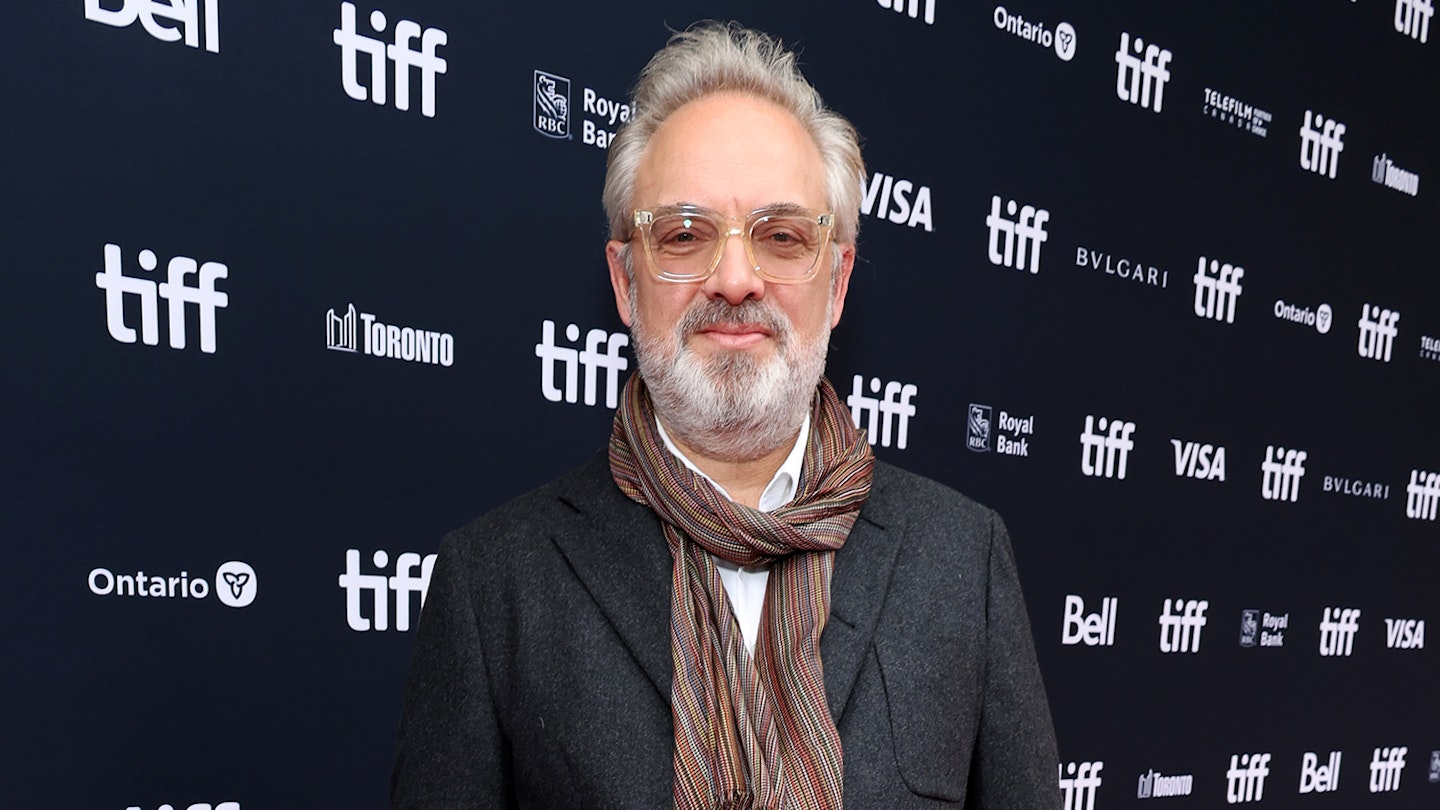
Is it true that on Titanic and all your other movies you have a limit of 20 takes, and if you don’t get it within 20 takes you move on? That’s what I heard.
Hi, Sam. This is the rare amusing rumour that has the added benefit of being true. I like a lot of takes, because… why the fuck not? You’ve spent all this time and energy bringing all these people and elements together to this moment, down to this one finite focal point, and it’s all built and lit and rehearsed, sitting right there in front of your lens… why would you walk away before you know you’ve done your best and gotten the very best the actors have to give? So, the 20-take rule is self-imposed, to keep me disciplined in a real world of deadlines and budgets. Plus, if you can’t get it in 20 takes, there’s probably something fundamentally wrong with the set-up, so shoot a quick cutaway and move on. I remember Leo DiCaprio was outraged when I pulled the plug on a “oner” scene at 20 takes. We didn’t have it and he couldn’t fathom just moving on. He was more of a perfectionist that I was! I recall we used take three.
CARRIE HENN
(Newt from Aliens)

What is your favourite movie that you have not worked on? Also, it’s always such a pleasure watching your movies, and seeing the amazing things you have done since Aliens! I’m always so proud of you! Also, my son wanted me to tell you he is VERY excited about Avatar!
Hi, Carrie. I know you turned your back on acting at an early age, probably as a result of me being your first director, but if you ever want to come back, you’ll always have a place on my films.
My favourite film is The Wizard Of Oz. It’s been with me my whole life, from first viewing on a black-and-white TV as a kid in the early ’60s, to my periodic family screenings of it to this day. It’s still as magical now as it ever was. That moment when Dorothy opens the door and steps out of her black-and-white world into the vivid, Technicolor land of Oz still gets me. The genius of that, and how it must have taken the audience’s breath away in 1939. Now I see it also through the jaded lens of decades of production experience and think about how hot that lion suit must have been under those old arc lights, and how tough actors were in those days. But it has never lost its charm, or the power of its message, which is not, “There’s no place like home,” but that if you respect the people you meet along your path, and help them, you’ll become friends, and your care for each other will get you through any adversity. Even lions and tigers and bears.
HANS ZIMMER
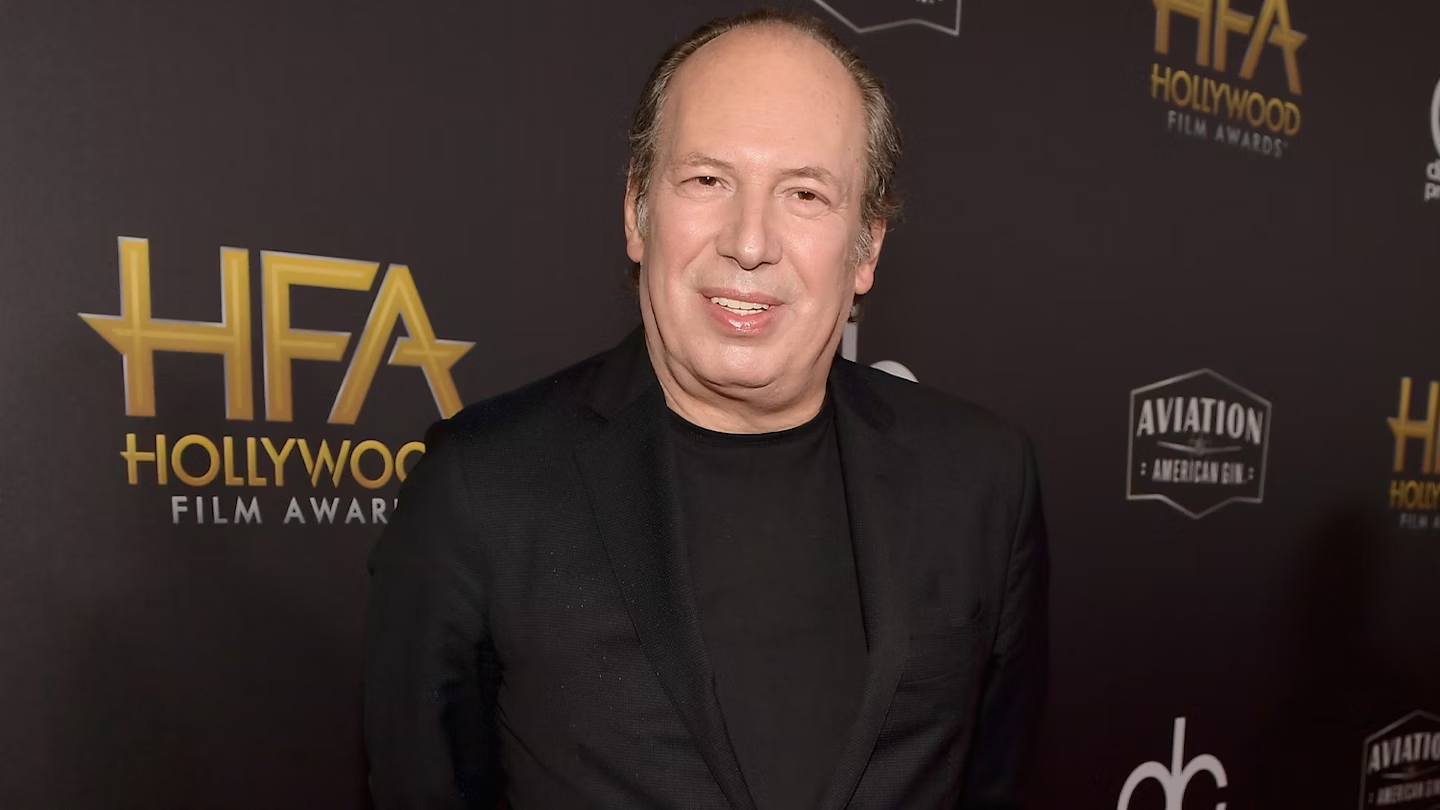
How did you manage to do the first Terminator? You and [producer] Gale Anne Hurd, you managed to pull off one of the great movies — it was such an original story, very original music... How did you manage to get people to trust you? How did you have the balls to pull that off?
Hi, Hans. Thanks for the compliment regarding the score. I’m sure Brad Fiedel will be very pleased. Getting people to trust us was not easy, as it was essentially a first feature for both Gale and myself. I learned later that they had another director standing by to step in if I screwed up. On my second day of shooting, I had a fever of 102, but I pushed myself to make the day. I knew if I blinked, I’d be out. So, I guess it was pure will. It helped enormously that Arnold Schwarzenegger really believed in the script, and we clicked from the start. Both of us are very driven people. There was a recognition and respect, and it’s fuelled our friendship to this day. It’s such a reality of Hollywood that the star calls the shots, but in my case, it helped enormously with the naysayers and handwringers at the two production companies, Orion and Hemdale. Arnold gives me way too much credit for jumpstarting his movie career, but it’s certainly true that The Terminator exists because of him.
ALEJANDRO GONZÁLEZ IÑÁRRITU
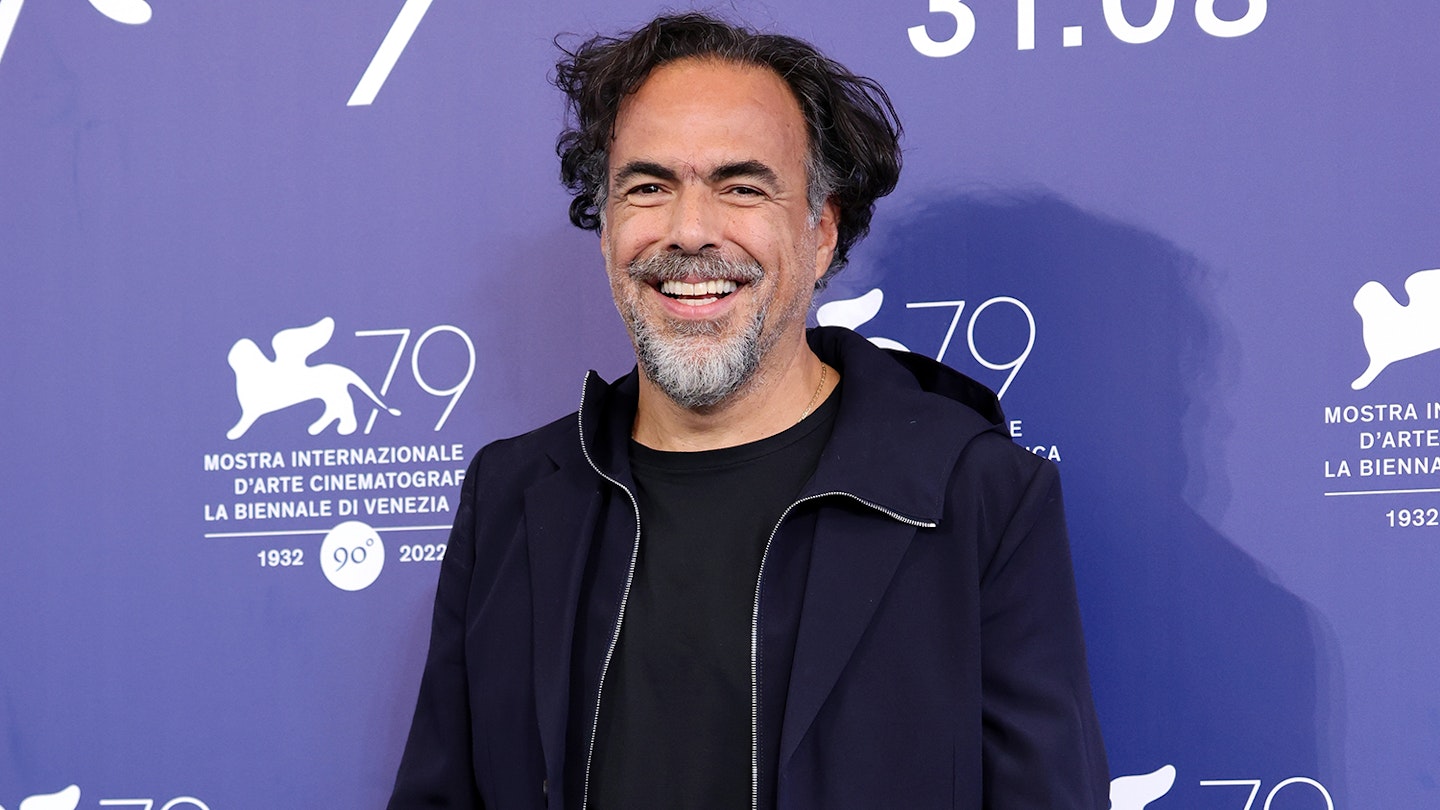
As I understand it, you, in a way, have for the last five years been shooting a triptych. A triptych is a massive enterprise, especially films that have this number of visual effects. How can you divide or compartmentalise? How are you threading one to the other?
Hi, Alejandro. There are actually four films in total now planned and in progress, including Avatar: The Way Of Water. Yes, it’s a daunting prospect, but the scale of the undertaking was a big part of the appeal. The opportunity to go deep with the characters and live with them over time... Movies are a highly stylised art-form. We attempt to compress so much about the human experience into a mere two hours or so. And I was tired of leaving so much of our writing and acting creativity on the editing-room floor. This was a chance to live in a world with these people and to see them evolve over years, to pick themselves up from their defeats, learn to live with their grief, and to move on. In my mind it was all one huge story, which I shared with the actors in its totality before we started. They were excited by the challenge to create that level of human nuance and detail, despite it being such a visual genre.
All that said, we’ve approached each film as a separate complete story in three acts, each with a defined denouement. In terms of process during shooting, we might be working on any of films two, three, or four, on any given day, for production reasons. So, a big part of my job as director was to spend an hour or so at the beginning of each day orienting the actors to where they were in their characters’ lives, so they could create the moment. It was a higher level of discipline than any of us had encountered before. And as always with hard challenges (which I know you understand): not a burden, but a blessing.
MICHAEL BIEHN
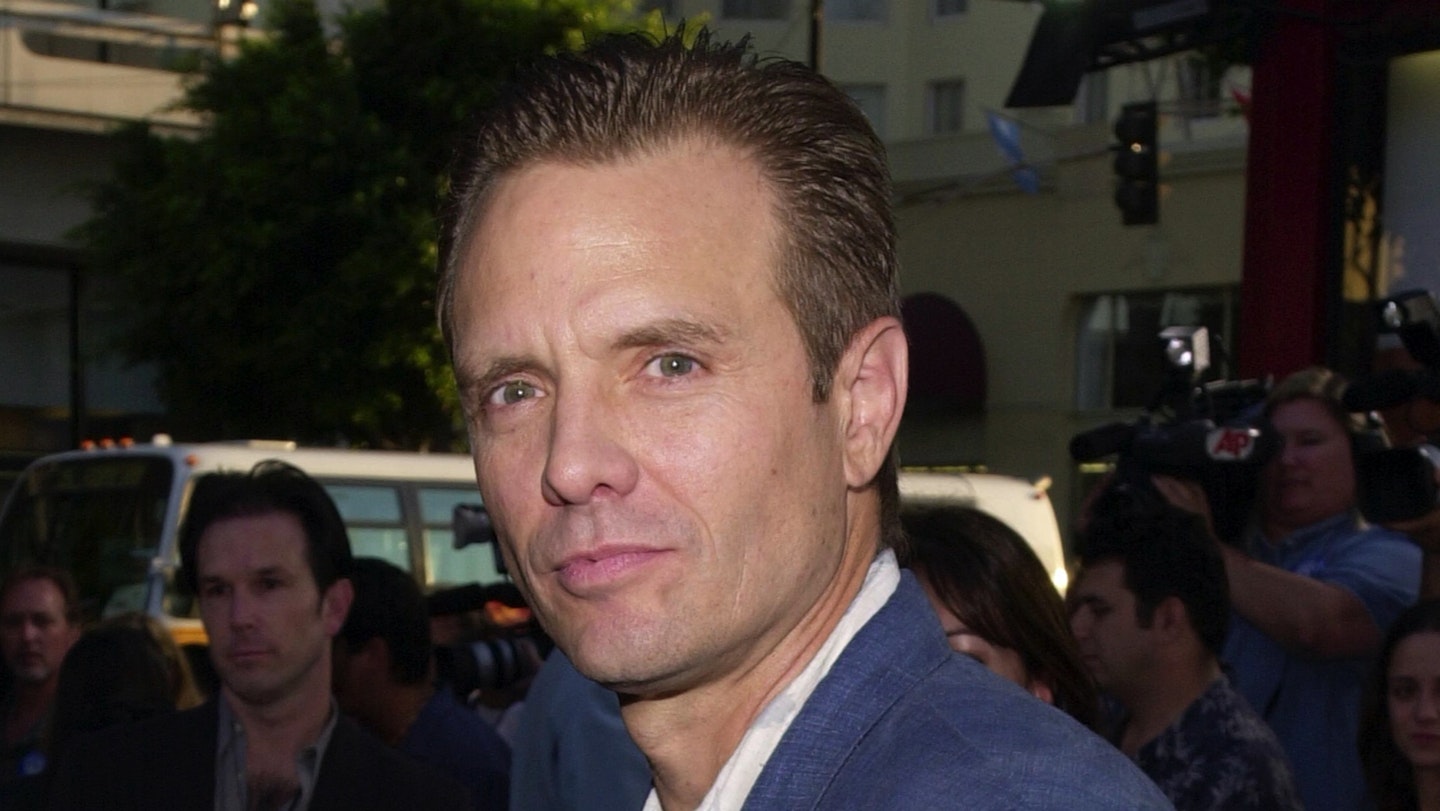
Do you feel there is a personal price you have paid being in the film industry?
We all pay a price, working in entertainment. The show, whatever it is, requires everything of you, all you have to give and more. My struggle in the last 20 years has been to be there for my family and still accomplish my goals as an artist. It takes discipline on a higher level than just that of our craft, and it means I need more downtime, so I will get to make fewer movies. Fewer of my stories will get told. That’s the price you pay being a husband and father. But my family, my wife Suzy and my children, mean more to me than any Oscar or box-office win.
JANE CAMPION

Do you want to have coffee with me next week?
Cool. Tuesday works for me. Roxy Theatre café at 4pm?
Avatar: The Way Of Water is out now in UK cinemas.
